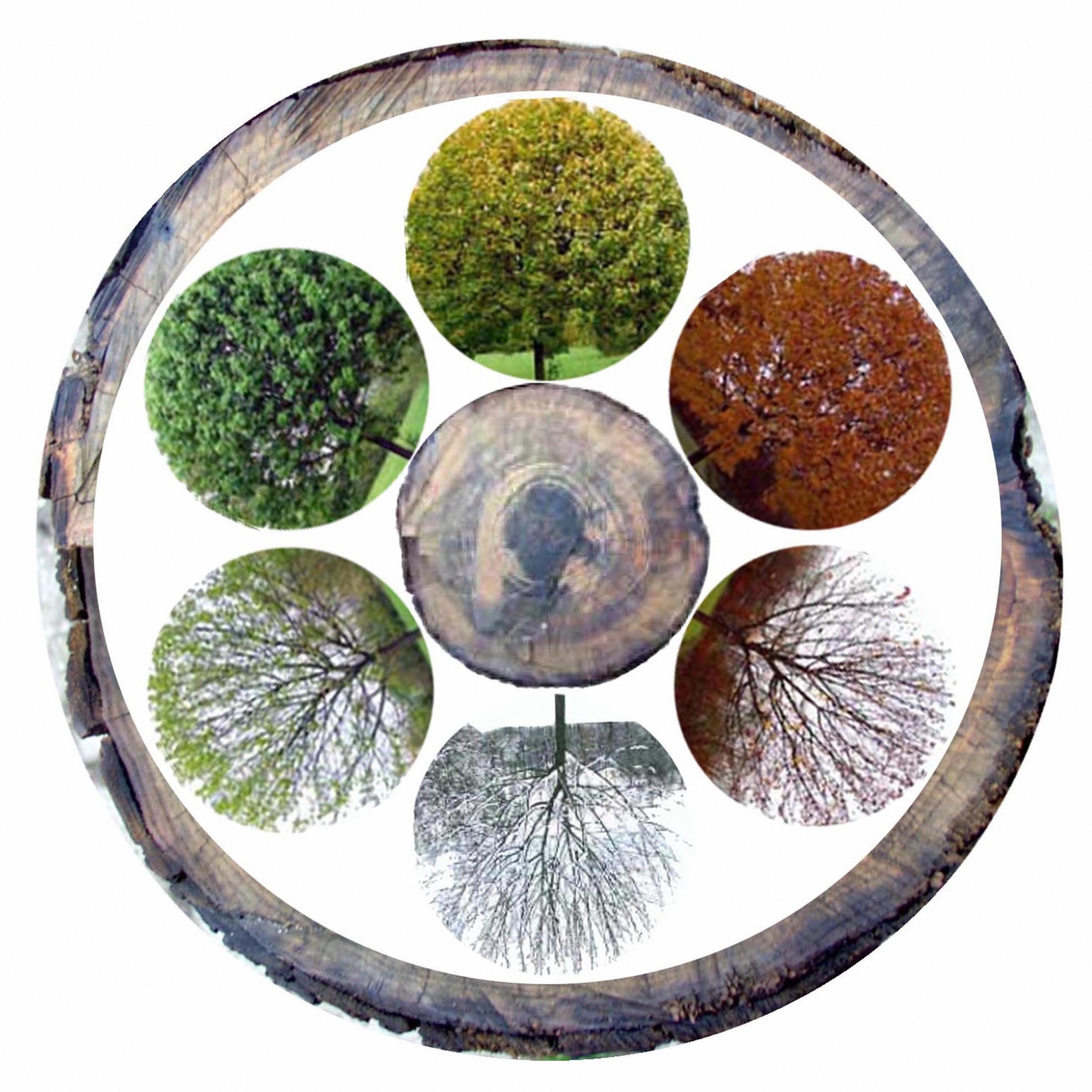Like most people, I use a ton of other people's ideas and tools to make my games run better, or just to get a bit of inspiration. So, here are a few tools and compilations I've made recently to facilitate my use of other people's tools.
First up, since it's currently trending, is +Arnold K.'s Career Paths character generation. If you haven't seen it, look at it - it's a cool hack of regular 3d6-based attribute generation that creates a bit of vague history, and it's a lot more elegant than some of the crazy Excel-formula-based versions I've seen, and a lot less involved than Beyond the Wall's analogous approach.
What I did was make a bunch of cards to make the Statistically Anal method of generating your character's adolescence significantly less anal. Instead of rolling a d15, you just cut this out, place the cards face down, and everyone picks one. I used a bunch of Telecanter's silhouettes on the reverse side to add a bit of Rorschach-ish psychology to card selection. A few questions are edited a bit here and there so they could all come out the same size.
I didn't do the Careers section mostly to save time and to leave starting PC's with a bit more blank space. So, instead of rolling 1d6 for each stat during Adolescence, I'll have players roll 2d6.
Next is the Peddlers of the Deep Dark table from Aeons and Auguries. Basically, it's a pretty cool (if die-roll-intensive) underground trade caravan generator. Unfortunately, bits and pieces of it are scattered all over JD Jarvis' blog, so I put it all in one place.
I included all of the Peddlers info, the Dungeoneer's Cache generator, and information on all of the unique items in both tables - that includes the Magic Ropes, Candles, and Footwear posts. Plus a bit of organizational tweaking.
Finally, Justin Alexander's Node-based Design has been pretty much the guide for running my campaigns, and the Three Clue Rule a great tool for coming up with plots on the fly, in a way that the players can meaningfully interact with. But, as I've mentioned before, I'm a visual thinker, and outline's just don't do it for me - so I set up two on-the-fly node sheets, for the Layer Cake and Loop models. Each node has its clues listed, with a bit of space to describe the node, and each of the clues leading to the other nodes.
First up, since it's currently trending, is +Arnold K.'s Career Paths character generation. If you haven't seen it, look at it - it's a cool hack of regular 3d6-based attribute generation that creates a bit of vague history, and it's a lot more elegant than some of the crazy Excel-formula-based versions I've seen, and a lot less involved than Beyond the Wall's analogous approach.
 |
| Click me! |
I didn't do the Careers section mostly to save time and to leave starting PC's with a bit more blank space. So, instead of rolling 1d6 for each stat during Adolescence, I'll have players roll 2d6.
 |
| Right here. |
Next is the Peddlers of the Deep Dark table from Aeons and Auguries. Basically, it's a pretty cool (if die-roll-intensive) underground trade caravan generator. Unfortunately, bits and pieces of it are scattered all over JD Jarvis' blog, so I put it all in one place.
I included all of the Peddlers info, the Dungeoneer's Cache generator, and information on all of the unique items in both tables - that includes the Magic Ropes, Candles, and Footwear posts. Plus a bit of organizational tweaking.
Finally, Justin Alexander's Node-based Design has been pretty much the guide for running my campaigns, and the Three Clue Rule a great tool for coming up with plots on the fly, in a way that the players can meaningfully interact with. But, as I've mentioned before, I'm a visual thinker, and outline's just don't do it for me - so I set up two on-the-fly node sheets, for the Layer Cake and Loop models. Each node has its clues listed, with a bit of space to describe the node, and each of the clues leading to the other nodes.
 |
| You know the drill. The Layer Cake one is here. |




